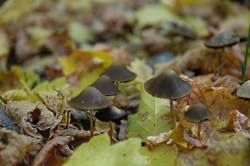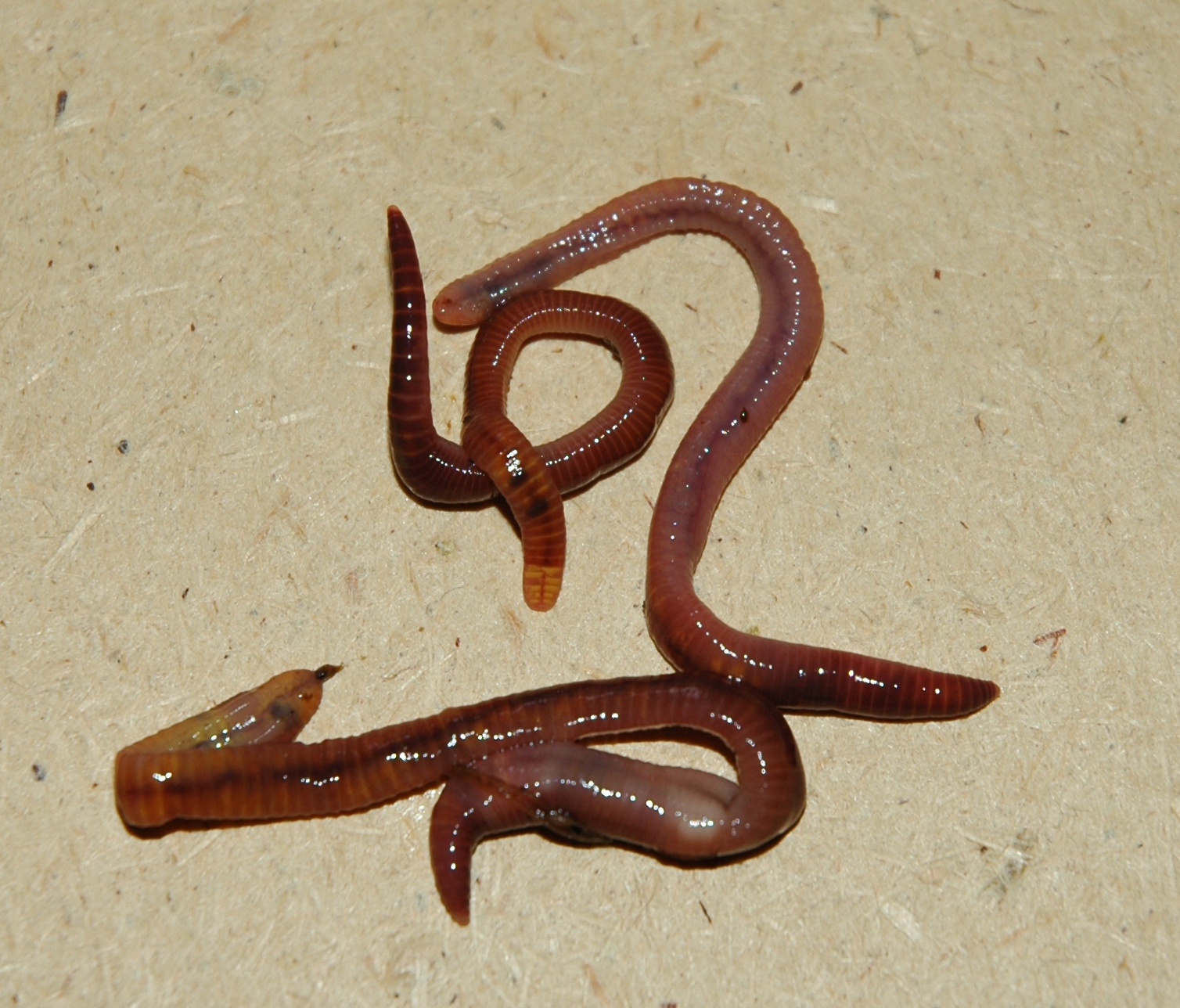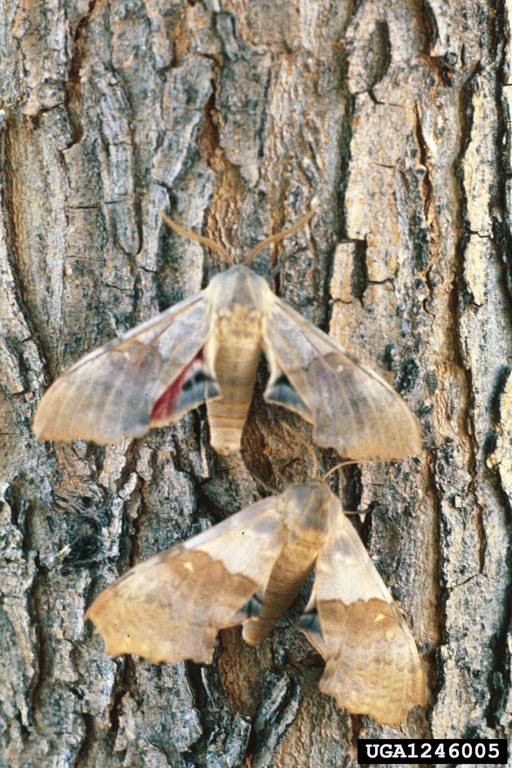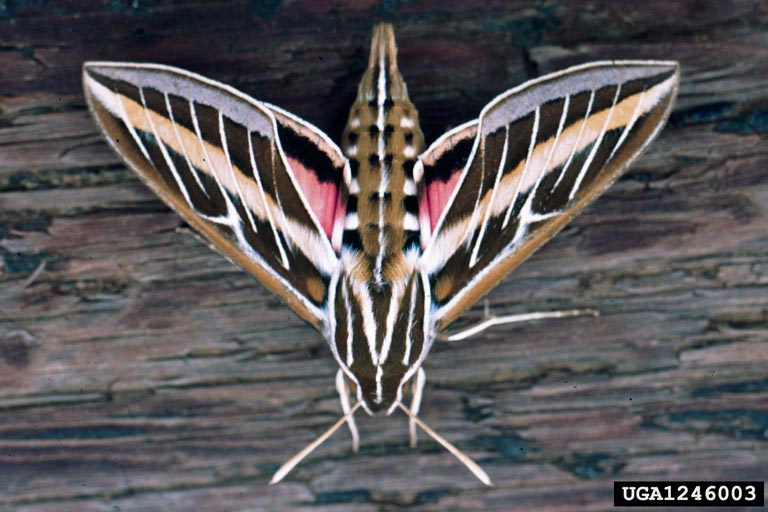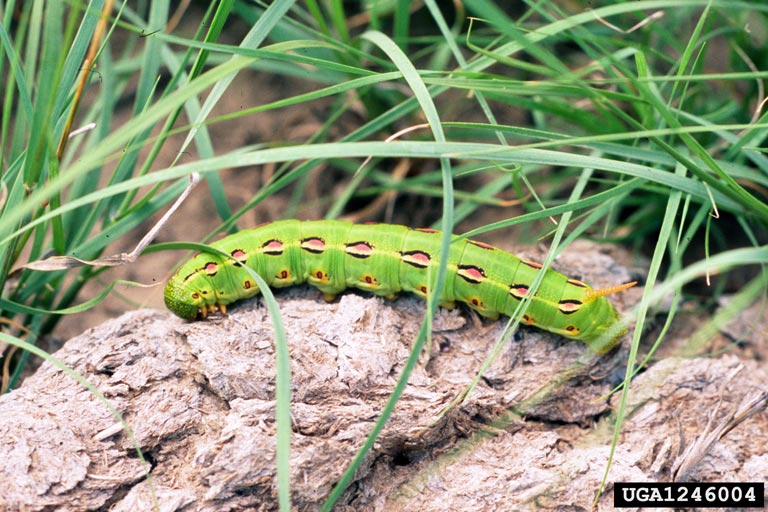
Amphipod – Gammaridae
Courtesy US EPA
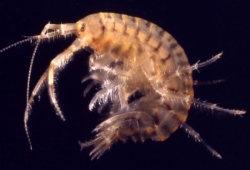
Great Lakes Amphipod
Courtesy USGS
David M. Knott, Photographer
Tiny scuds abound in Utah’s waters, their flattened, flea-like bodies allowing them to scramble and tumble giddily under the surface. These crustaceans in the order Amphipoda can be up to ½ inch in length. Also known as freshwater shrimp and side swimmers , scuds look like minuscule, flattened shrimp with orderly ranks of leg-like appendages. Some of these legs can grip and are used for climbing and to anchor in the water. The front 2 pairs have tiny flaps to clasp their food while dining. The middle legs are for swimming. The hindmost legs can be used to kick off against surfaces propelling the scud forward.
All this exuberant movement helps scuds dodge predators and provides them with their common name. To scud under sail is to move swiftly before a gale. The blowing foam at the crest of waves is called scud. Evasive acrobatics are vital since scuds are a favored food of many fish. Half of a trout’s annual diet can consist of scuds. No wonder anglers use lures that mimic them.
Scuds coloration matches their habitat with browns and greens most common. When newly molted they are semi-transparent and baby blue. The female has a brood sac called a marsupium where she holds her eggs for fertilization and incubation. Fertilized eggs are usually bright orange. The newly hatched young are tiny versions of their parents.
In Utah, look for scuds in still water and in the calmer water along edges of streams and rivers. Prime habitat offers an abundance of submergent vegetation for concealment and plenty of plant and animal debris on which to scavenge. Our alkaline waters are rich in dissolved calcium carbonate which scuds incorporate into their chitinous exoskeleton.
To get a good look at these fascinating acrobats, catch them with a simple aquarium net and place them in a pan of water with some vegetation.
This is Linda Kervin for Bridgerland Audubon Society.
Credits:
Graphics: Courtesy US EPA and USGS
Theme: Courtesy & Copyright Don Anderson Leaping Lulu
Text & Voice: Linda Kervin, Bridgerland Audubon Society
Additional Reading:
Other Wild About Utah Pieces by Linda Kervin
https://www.epa.gov/bioiweb1/html/amphipods.html *(Updated 12/04/2023 Courtesy The Wayback Machine)
https://www.pond-life.us/pond-life-crustaceans-1.html (Updated 12/04/2023 Courtesy The Wayback Machine)
https://www.troutnut.com/hatch/71/Arthropod-Amphipoda-Scuds (Updated 12/04/2023 Courtesy The Wayback Machine)
https://www.flyfishersrepublic.com/entomology/crustaceans/freshwater-shrimp/ (Updated 12/04/2023 Courtesy The Wayback Machine)
A Guide to Common Freshwater Invertebrates of North America by J. Reese Voshell Jr. https://www.amazon.com/Guide-Common-Freshwater-Invertebrates-America/dp/0939923874
Field Guide to Freshwater Invertebrates of North America by James H. Thorp https://www.amazon.com/Field-Freshwater-Invertebrates-America-Academic/dp/012381426X
Guide to Aquatic Insects & Crustaceans by Izaak Walton League of America https://www.amazon.com/Aquatic-Insects-Crustaceans-Walton-America/dp/0811732452

